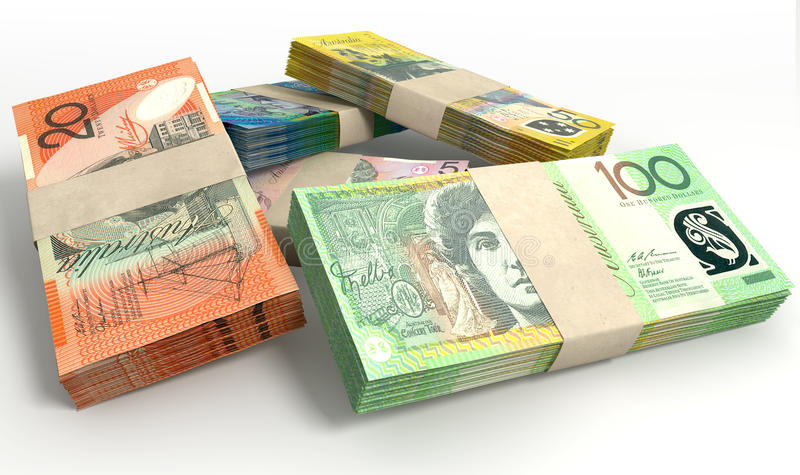Australian dollar falls further as the US dollar rises on better producer inflation figures.
The Australian Dollar (AUD) fell for the second straight day on Friday, touching weekly lows. The AUDUSD pair falls as the US Dollar (USD) gets new momentum, boosted by stronger-than-expected Producer Price Index (PPI) data from the United States. This data complicated the timing of when the Federal Reserve will begin to lower interest rates.
The S&P/ASX 200 Index in Australia has tracked Wall Street’s losses overnight.
Australia’s S&P/ASX 200 index The index falls to its lowest level in three weeks amid a broad market selloff. Australian Dollar markets have followed Wall Street’s losses overnight, with big banks and iron ore mining stocks leading the drop.
The Reserve Bank of Australia (RBA) retains its stance of potentially hiking interest rates further, with the policy decision set for next week. Meanwhile, traders will most likely be watching the preliminary US Michigan Consumer Sentiment Index for March, which is scheduled to be issued on Friday.
Daily Market Movers: Australian Dollar falls following higher US PPI data.
Australian Dollar (AUD) fell for the second straight day on Friday, touching weekly lows. In February, Australia’s NAB Business Confidence Index fell to 0 from its previous value of 1. The Business Conditions Index increased to 10 from a prior level of 7 (up from 6).
According to a Reuters survey conducted prior of the RBA meeting, economists expect the central bank to keep its official cash rate at 4.35% for the third consecutive meeting, with no adjustments predicted until at least the end of September.
RBA Governor Michele Bullock recently claimed that Australia’s inflation is mostly “homegrown” and “demand-driven,” owing to labor market resilience and rising pay inflation. The RBA does not predict that this event will occur until 2026.
Former RBA Governor Philip Lowe indicated on Wednesday that there is a two-way risk to interest rates, echoing current RBA Governor Michelle Bullock’s caution that interest rates may still need to rise.
The People’s Bank of China has kept the one-year MLF rate at 2.5%.
The People’s Bank of China has kept the 1-year Medium-term Lending Facility (MLF) rate at 2.5 percent. and continues its habit of injecting cash through MLF for the 16th consecutive month. This time, it has contributed CNY 387 billion, significantly less than the CNY 500 billion maturing.
US Treasury Secretary Janet Louise Yellen stated that it appears doubtful that interest rates will return to their pre-Covid-19 lows. She also stated that the interest rate assumptions provided in Biden’s budget plan were “reasonable” and consistent with a wide range of estimates.
According to the CME FedWatch Tool, the probability of a rate cut in March is now 1.0%, while it has fallen to 7.7% for May. The chances of a rate cut in June and July are lower, at 59.0% and 79.4%, respectively.
The US Core Price Index (CPI) increased by 2.0% year on year in February, remaining above the 1.9% forecast. The monthly report indicated a 0.3% growth compared to 0.5% the previous month, above the projected 0.2% figure.
The US PPI (YoY) climbed by 1.6% in February, exceeding the previous estimates of 1.1% and 1.0%. PPI (MoM) climbed by 0.6%, above market expectations and the preceding gain of 0.3%.
US retail sales increased by 0.6% monthly, falling short of the predicted 0.8% in February and reversing a previous dip of 1.1%. Retail Sales Control Group increased to a flat 0.0%, compared to a previous fall of 0.3%.
https://voiceoftraders.com/analysis/pound-falls-against-the-us-dollar-as-us-ppi-remains-tenacious









